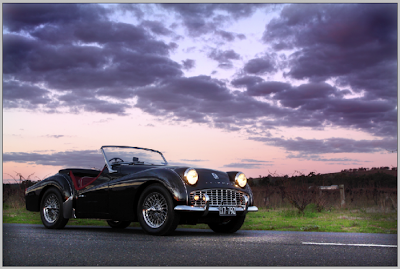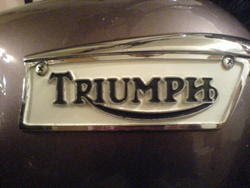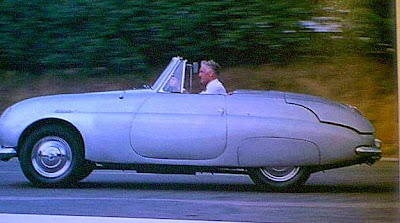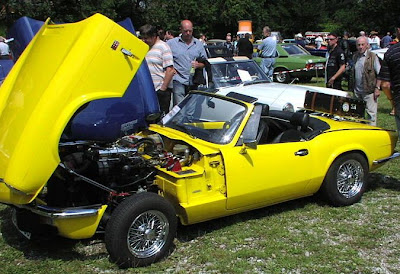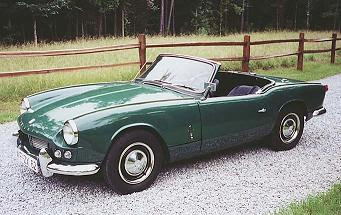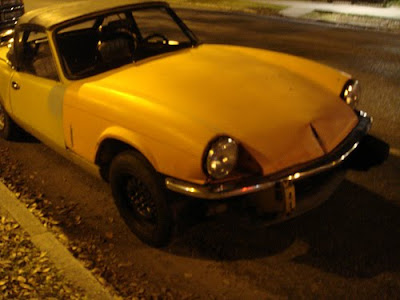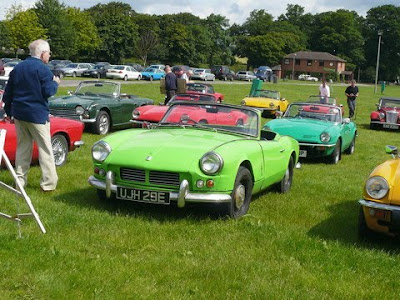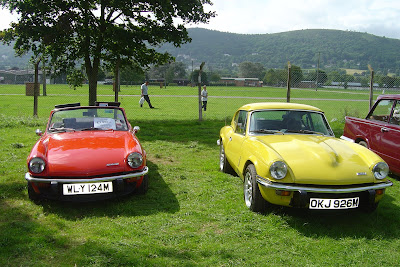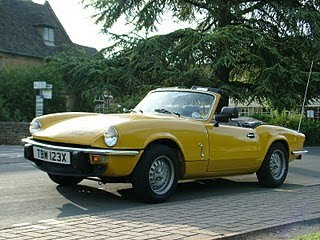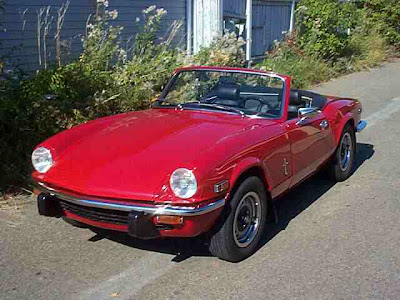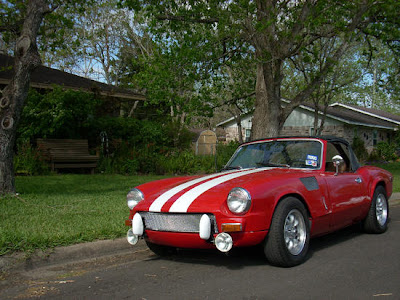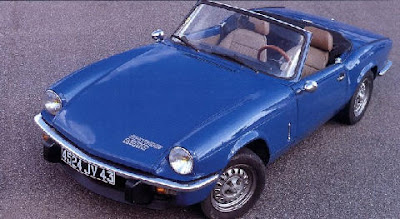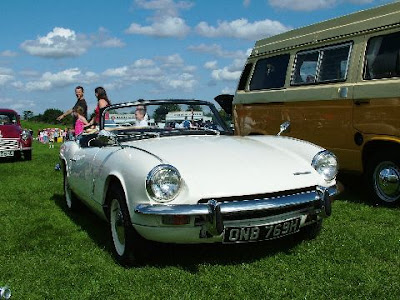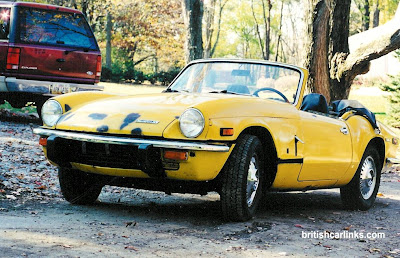Triumph Cars
Triumph Spitfire Cars - Triumph TR3A
Triumph Cars ~ Triumph TR3A Cars
Triumph Cars
The Triumph TR3A is a Triumph Cars sports car and was built between 1957 and 1962 by the Triumph Motor Company in the United Kingdom.
The TR3A was a minor update from the TR3. The updates included the new wide front grill, exterior door handles, lockable boot handle and came with a full tool kit as standard (this was an option on the TR3).
The total production run of the TR3A was 58,236. This makes it the third best selling TR after the TR6 and TR7. It is estimated that only 9,500 of the original 58,000 built survive in the world today.
The Triumph TR3 was the first production car to include standard disc brakes, which were continued on the TR3A. The car was known for its superior braking ability, making it an autocross favourite.
The TR3A is often seen in Vintage and Production racing today. The TR3A, despite being almost 50 years old, is still competitive in the E-Production class of SCCA (Sports Car Club of America).
In June 1977, Road & Track magazine published an article titled "Driving Impressions: TR3A & TR250" in its 30th anniversary issue. It published a 0-60 time of 12.0 seconds, power output of 100 bhp (75 kW) at 4800 rpm, observed curb weight of 2,090 lb (948 kg) and fuel consumption of 28 miles per imperial gallon (10 L/100 km; 23 mpg-US).
The TR3A was a minor update from the TR3. The updates included the new wide front grill, exterior door handles, lockable boot handle and came with a full tool kit as standard (this was an option on the TR3).
The total production run of the TR3A was 58,236. This makes it the third best selling TR after the TR6 and TR7. It is estimated that only 9,500 of the original 58,000 built survive in the world today.
The Triumph TR3 was the first production car to include standard disc brakes, which were continued on the TR3A. The car was known for its superior braking ability, making it an autocross favourite.
The TR3A is often seen in Vintage and Production racing today. The TR3A, despite being almost 50 years old, is still competitive in the E-Production class of SCCA (Sports Car Club of America).
In June 1977, Road & Track magazine published an article titled "Driving Impressions: TR3A & TR250" in its 30th anniversary issue. It published a 0-60 time of 12.0 seconds, power output of 100 bhp (75 kW) at 4800 rpm, observed curb weight of 2,090 lb (948 kg) and fuel consumption of 28 miles per imperial gallon (10 L/100 km; 23 mpg-US).
Related : Triumph Cars ~ Triumph Spitfire Cars - Triumph TR2 Cars
Related : Triumph Cars ~ Triumph Spitfire Cars - Triumph TR3 Cars
Related : Triumph Cars ~ Triumph Spitfire Cars - Triumph TR3 Cars













 9:12 AM
9:12 AM
 Goohara
Goohara
